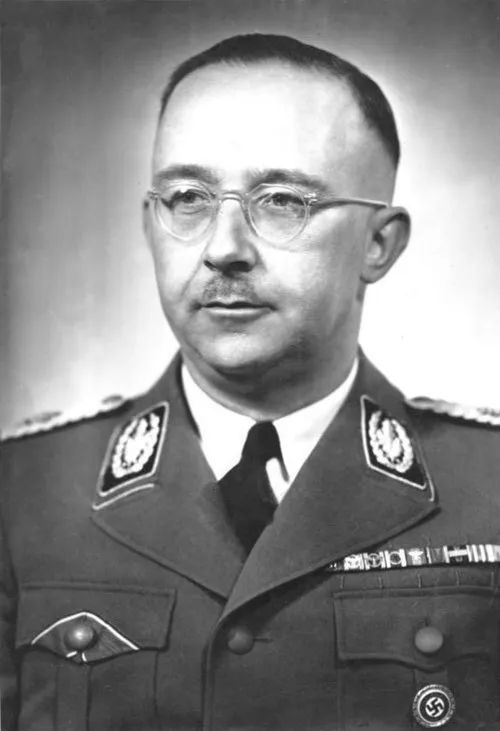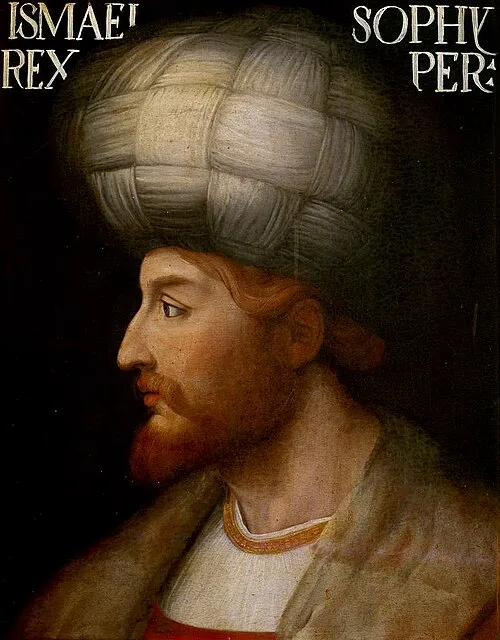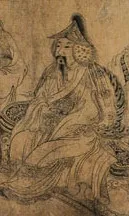
Name: Charles-Ferdinand Ramuz
Birth Year: 1878
Death Year: 1947
Nationality: Swiss
Occupation: Author and Poet
1947 – Charles-Ferdinand Ramuz, Swiss author and poet (b. 1878)
In the heart of Switzerland, where the mountains meet the serene lakes and the whispers of ancient tales echo through the valleys, Charles-Ferdinand Ramuz was born in 1878. Growing up in a small village, he often found himself captivated by nature's beauty and the rich tapestry of rural life surrounding him. This idyllic environment nurtured his imagination and would later seep into his literary works.
However, Ramuz’s path to becoming a significant figure in Swiss literature was anything but straightforward. His early years were marked by an internal struggle a conflict between his artistic aspirations and societal expectations. He studied at the University of Lausanne but soon realized that traditional academia could not contain his creative spirit. Instead of pursuing a conventional career, he chose to immerse himself in literature and poetry a decision that would define his legacy.
Perhaps it was during these formative years that Ramuz developed a deep appreciation for language's musicality. The cadence of Swiss dialects became woven into his prose, as he sought to capture not just stories but also emotions tied to specific landscapes and experiences. Ironically, while many contemporaries were adopting modernist trends from abroad, Ramuz’s works remained deeply rooted in local culture an homage to his homeland.
His first published work came out in 1912: “La Grande Peur dans la Montagne.” It tells the story of mountain dwellers facing existential dread amid nature's vastness an early glimpse into how deeply intertwined human emotion is with its environment. This book set off a ripple effect; readers were drawn to Ramuz's unique voice that combined lyrical beauty with raw honesty.
As he delved deeper into writing throughout World War I, it became evident that tragedy shaped not only Europe’s political landscape but also individual lives. During this tumultuous period, Ramuz found solace in penning poignant narratives about despair intermingled with hope perhaps as a reflection of the turbulence around him or maybe stemming from personal introspection about humanity’s fragility.
Despite this challenging backdrop, one cannot overlook how Ramuz transformed adversity into art. In “Les Déracinés,” published in 1926, he painted an evocative picture of uprooted lives; characters caught between tradition and modernity resonate profoundly even today a timeless commentary on identity crises faced by individuals globally.
The allure of his storytelling lay not merely within plots or characters but rather within profound existential themes woven throughout: belongingness versus alienation; love amidst chaos; dreams deferred against harsh realities! One can imagine readers sitting quietly on trains reading about protagonists navigating their own inner storms while peering out at breathtaking landscapes mirroring those very struggles! Who knows what conversations sparked within them as they contemplated their own lives?
Apart from being an author whose voice echoed across generations notably influencing writers like Hermann Hesse Ramuz also ventured into theater directing plays reflecting societal nuances through dramatic lens! However small these contributions may seem compared against towering literary giants like Proust or Joyce they signify immense dedication toward making art accessible beyond mere written word!
The culmination arrived when he won prestigious accolades for contributions toward promoting Francophone literature worldwide even receiving honors such as membership at Académie Française which only cemented influence further… But here lies irony: despite acclaim achieved during lifetime the true depth behind works continued emerging posthumously revealing layers unseen until scholars began unraveling complex textures embedded therein!
This brings us back full circle to 1947 when Charles-Ferdinand Ramuz departed this world leaving behind an indelible mark etched onto hearts who encountered words forged through profound understanding gained amid life’s trials triumphs alike! Yet perhaps what resonates most strikingly lies beyond physicality itself... Even today with booming cultural exchanges facilitated via internet platforms we find remnants remnants tracing back directly towards legacies laid forth by visionary authors like him... Wasn’t it beautiful how threads connecting past present become so intricately entwined?
In contemporary times notably marked by rise social media influencers portraying poignant truths within concise narratives it almost feels eerily familiar! Can we draw parallels between melancholic reflections explored earlier centuries versus snippets capturing essence shared instantaneously online? As Gen Z continues shaping dialogues around mental health authenticity amidst curated images they inadvertently reflect values championed long ago yet disguised differently perhaps? Therein lies beautiful connection transcending time barriers…”






